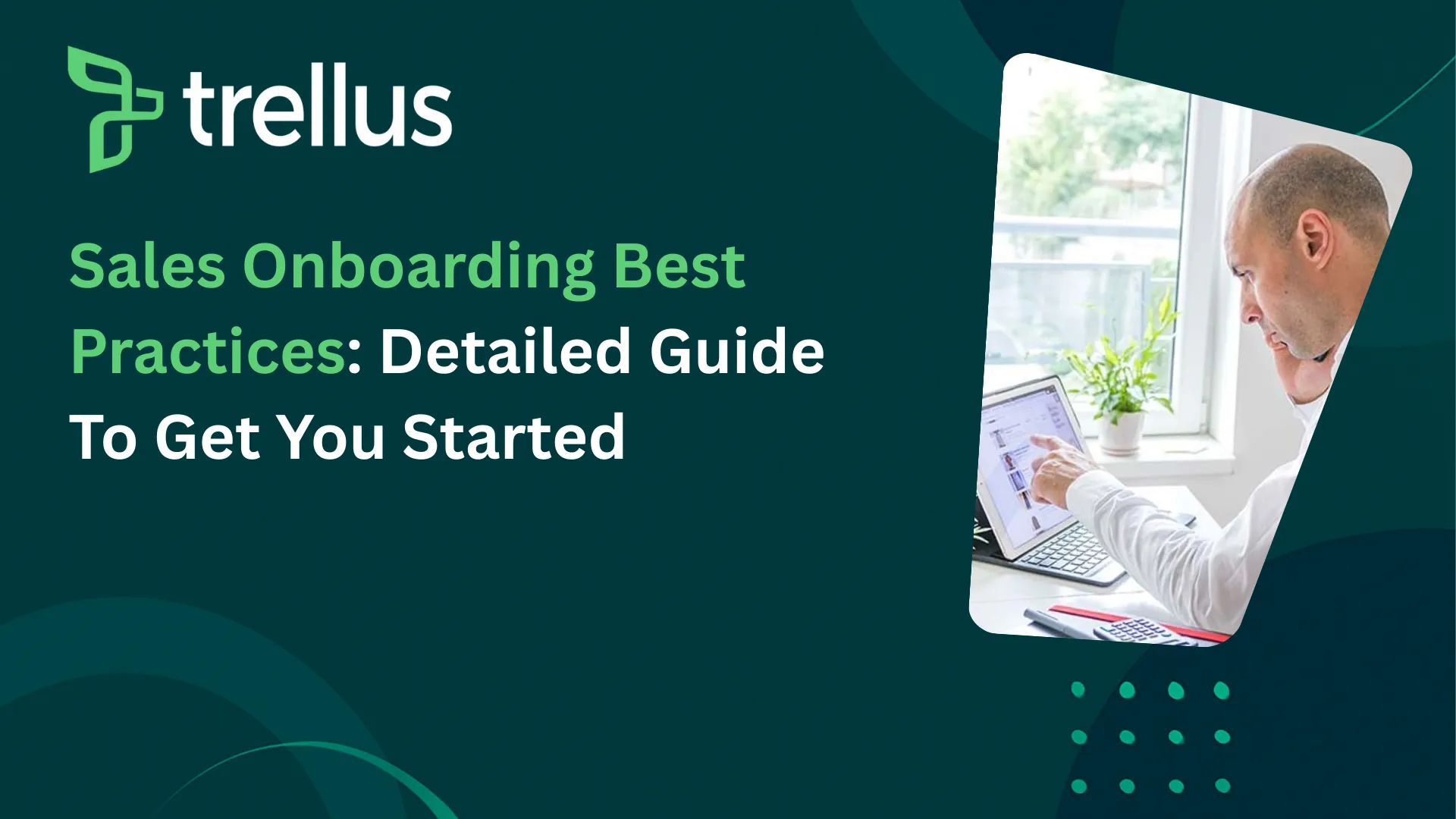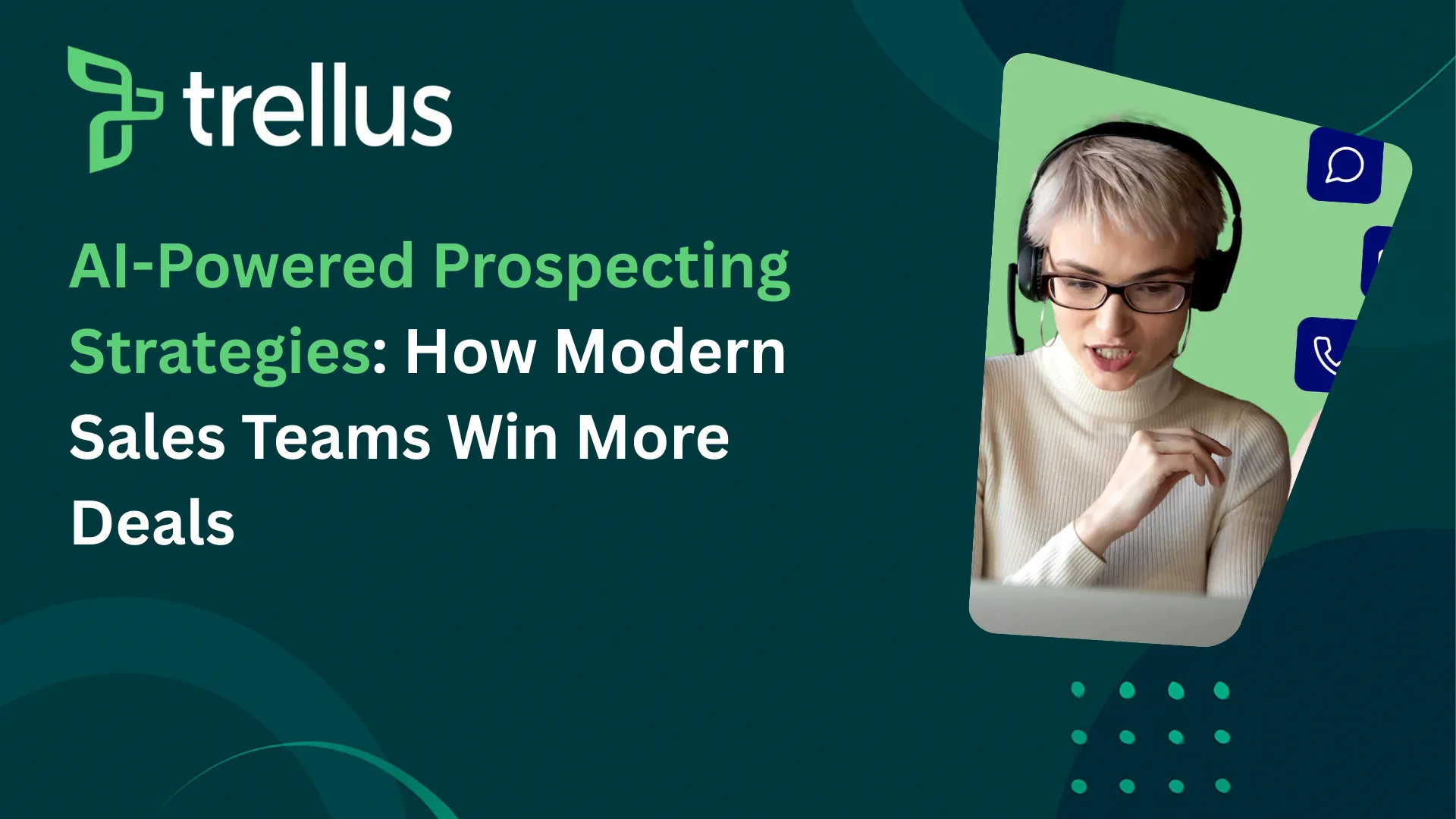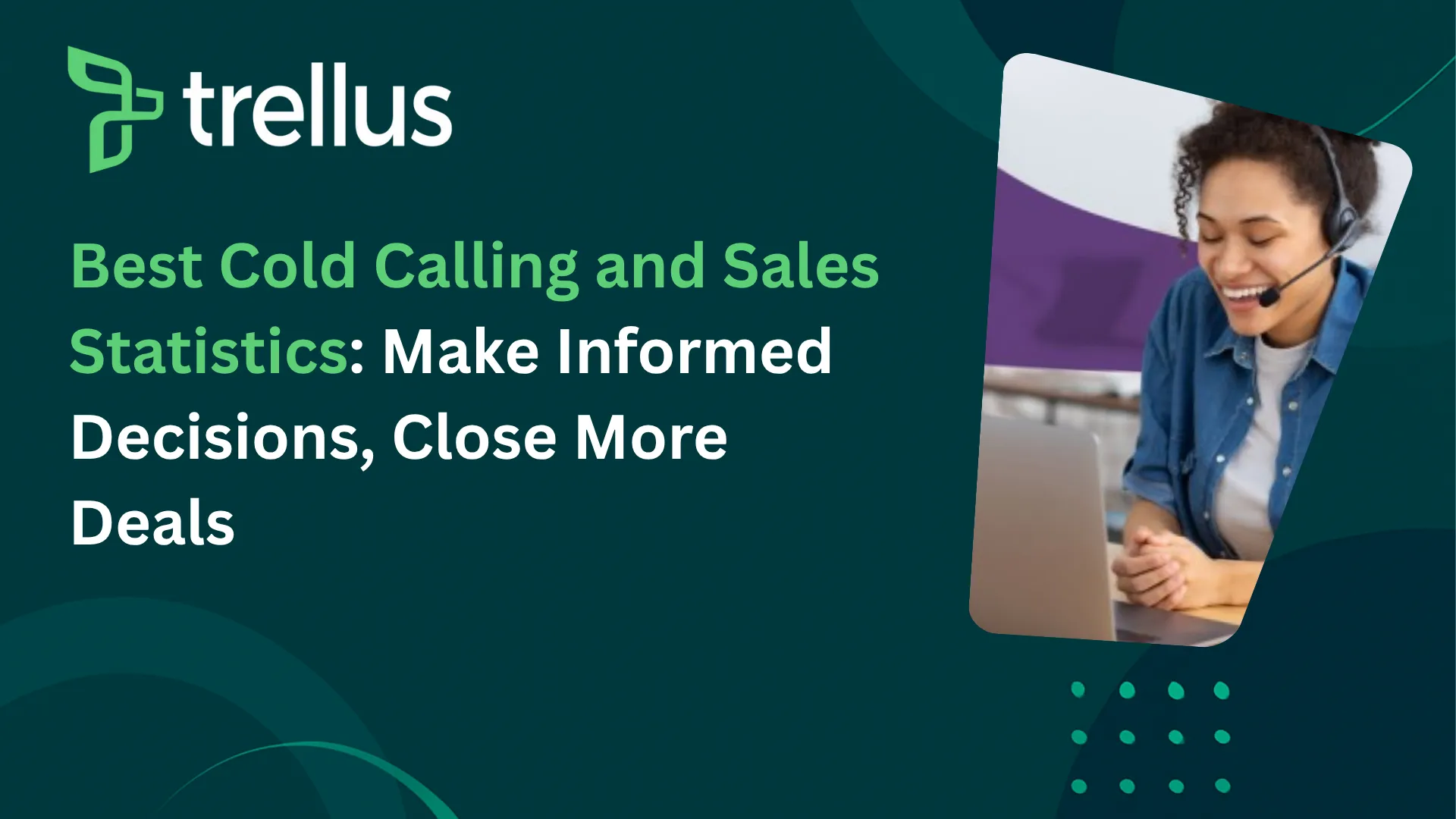
Our Top Picks


Cold calling has survived countless “this is dead” headlines over the last decade. Each time, new technology emerges, LinkedIn automation, AI chatbots, intent data, and yet, phones still ring.
The reason? People still buy from people.
What’s changing isn’t the medium, it’s how conversations start. Cold calling in 2026 is being re-engineered around data precision, smart technology, and an understanding of buyer psychology that would’ve been unthinkable five years ago.
We’re going to take a deep dive into the five biggest trends that will define how top-performing SDRs and sales teams win the outbound game in 2026.
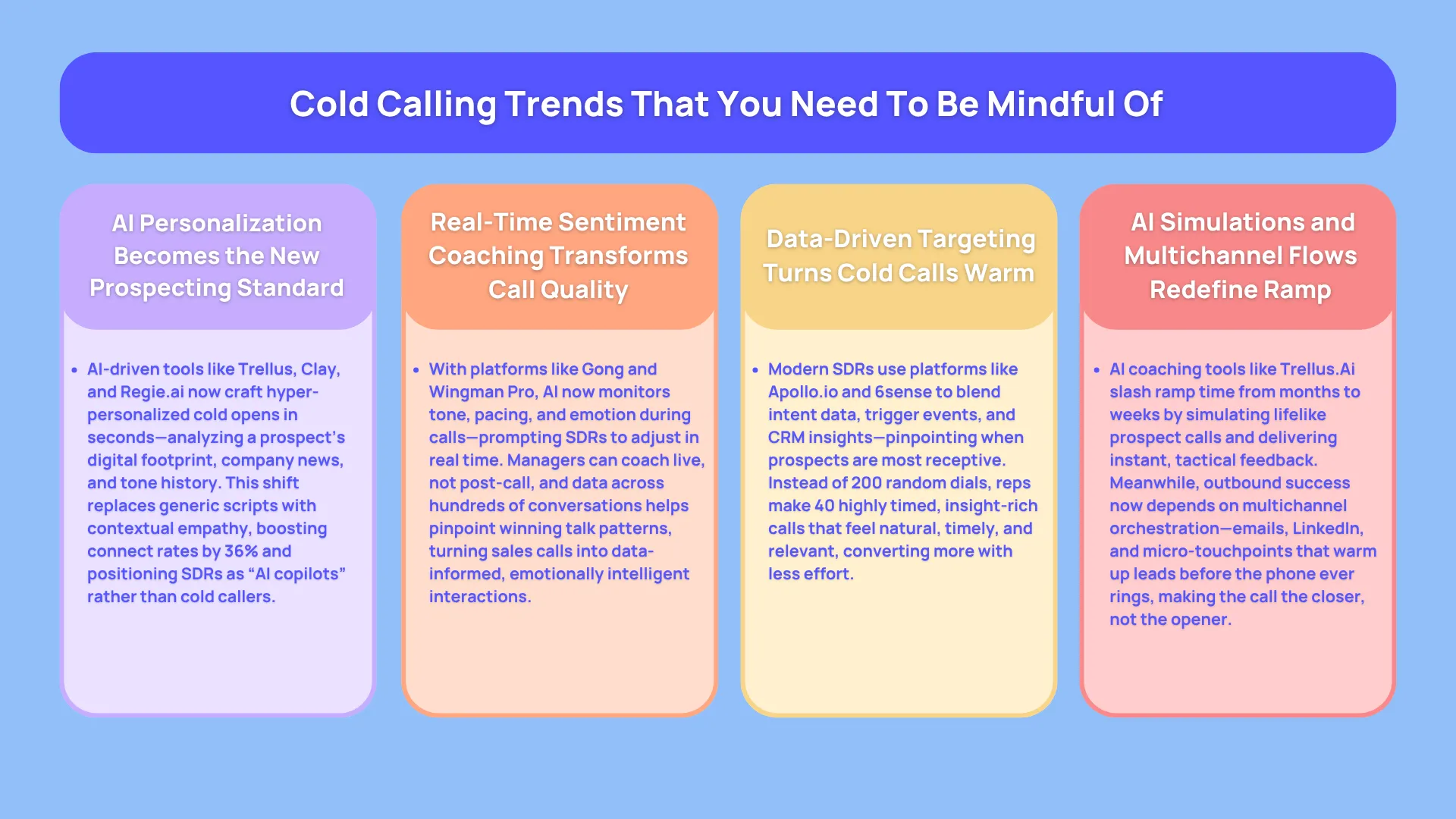
Trend 1: AI-Powered Personalization Replaces the One-Size-Fits-All Script
The “spray and pray” era is officially over. In 2026, every top-performing SDR team is powered by an AI-driven layer that helps tailor conversations to each prospect in seconds.
AI tools like Trellus, Clay, and Regie.ai now analyze a buyer’s digital footprint, LinkedIn posts, job changes, company announcements, and even tone patterns in prior emails to generate a customized cold open before a call begins. Instead of “Hi, this is Bilal from X company, how are you today?”, reps now open with lines like:
“Hey Sarah, saw your team just expanded to Europe last quarter, how’s that rollout been?”
That single contextual hook often means the difference between a polite hang-up and a genuine conversation.
What makes AI personalization revolutionary isn’t just speed, it’s contextual empathy at scale. SDRs no longer spend hours researching one prospect before every call. Instead, their dialer surfaces “micro-insights” in real-time, funding announcements, hiring trends, or product launches, allowing reps to adapt messaging instantly.
Companies that embrace this trend are finding measurable lifts in connect rates. According to Outreach’s 2025 dataset, personalized cold calls with AI-generated context had a 36% higher meeting conversion rate than generic cold calls.
The takeaway: AI doesn’t replace the SDR; it augments them. The best reps in 2026 will be “AI copilots,” not just callers.
Trend 2: Voice Analytics and Sentiment Detection Guide Real-Time Coaching
Coaching used to be reactive. Managers listened to call recordings after the fact, delivered feedback days later, and hoped reps would improve on the next batch of calls.
Not anymore.
In 2026, real-time sentiment analytics is changing the game.
Modern dialers like Trellus Voice Intelligence, Gong Live, and Wingman Pro now analyze live conversations in real time, tracking tone, pacing, emotional shifts, and keywords, to guide SDRs mid-call.
Imagine you’re on a call and the system flashes:
“Prospect’s tone indicates hesitation. Try asking an open-ended question.”
Or it detects excessive filler words and prompts:
“Slow down, pause to let them respond.”
It’s like having a veteran sales coach whispering in your ear during every conversation.
For managers, this means coaching can happen during the call, not after. They can jump into a live conversation or send in-call nudges, helping SDRs recover before losing the deal.
Over time, the analytics data compounds. By tracking sentiment across hundreds of calls, AI highlights which tones, pauses, or question patterns lead to higher conversion rates, transforming cold calling from a game of chance into a science of emotional intelligence.
Trend 3: Data-Driven Targeting Turns Cold Calls into Warm Conversations
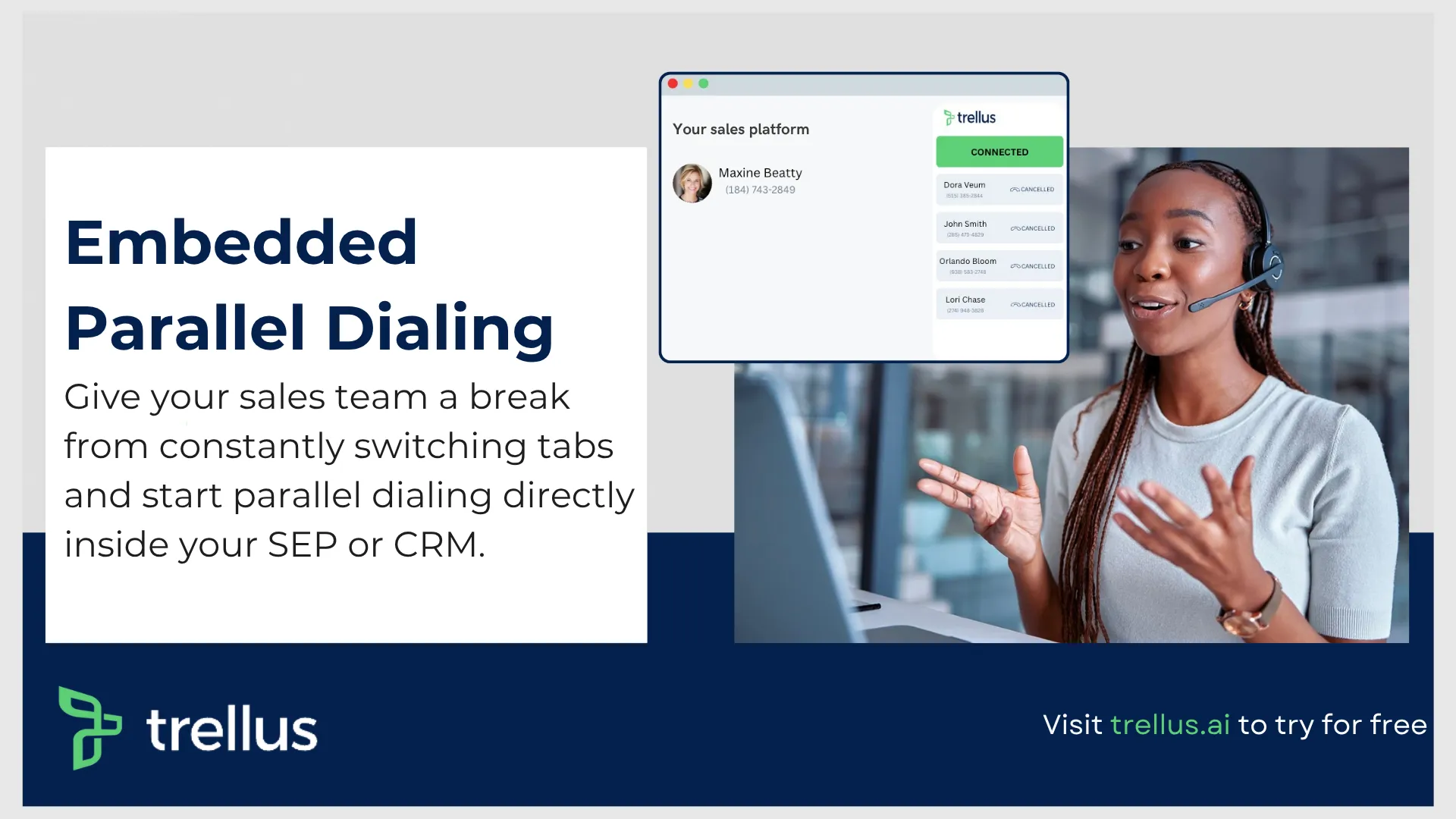
The traditional sales list, pulled from LinkedIn, ZoomInfo, or some scraped database, is no longer enough.
In 2026, successful cold calling starts with data intelligence, not guesswork.
Every SDR team that consistently books meetings now leverages intent signals, buying-stage scoring, and multi-source enrichment to pre-qualify their lists before a single dial.
Platforms like Apollo.io, Clay, and 6sense don’t just provide contact data anymore; they analyze behavioral readiness. They pull together activities from dozens of sources:
- Which companies are hiring for roles related to your solution
- Who recently visited your website or pricing page
- Which prospects engaged with competitor content
- Whose tech stack just changed (new CRM, marketing platform, or cloud vendor)
These data signals give SDRs something priceless: timing.
Cold calling is 80% timing, 20% message. When you call someone right after they’ve begun exploring your problem space, the conversation feels natural, almost like a warm referral.
That’s why top-performing teams are now merging intent data + trigger events + CRM intelligence into their outbound strategy.
The outcome? Fewer dials, more connects, and pipelines filled with buyers who are already primed to talk.
Instead of burning energy on 200 “cold” calls, SDRs in this year and in the near future are expected to be making 40 strategic calls a day, each with clear intent context and a pre-call insight fed by AI.
Trend 4: AI Coaching and Simulation Cut SDR Ramp Time in Half
The average SDR still takes 3–6 months to fully ramp. But the fastest-growing sales teams in 2026 have compressed that to as little as 45 days, thanks to AI-driven practice and simulation tools.
Platforms like Trellus.Ai use conversational AI to simulate real prospect interactions. Reps can “call” a virtual buyer that argues, interrupts, or objects, just like a real one would.
The AI doesn’t just rate answers; it measures confidence, emotional tone, and pacing, offering instant, line-by-line feedback.
Instead of generic “good job” feedback, it says things like:
“You missed the opportunity to mirror their objection. Try rephrasing next time.”
This approach is accelerating onboarding, especially in distributed sales orgs where live shadowing is harder.
Even better, these AI simulations adapt to specific industries or personas. A healthcare SDR can train against “Dr. Alvarez,” while a SaaS SDR faces “CIO-level objections.”
By the time reps hit the phones, they’ve already practiced hundreds of realistic calls.
No more trial-by-fire learning, every SDR starts at a higher baseline of readiness.
For managers, it’s a godsend: fewer unproductive ramp weeks, more predictable outcomes, and consistent skill development across the team.
The result is a new kind of rep, technically trained, emotionally calibrated, and AI-mentored, ready to perform within weeks, not months.
Trend 5: Multichannel Sequences Make the Call the Closer, Not the Opener
For decades, SDRs were taught that cold calling starts the conversation. But in 2026, the phone isn’t the first touchpoint; it’s the conversion engine that closes the outbound sequence.
Modern buyers live in a multichannel world. They’re seeing your company’s LinkedIn content, scanning your email, maybe even watching a short video snippet before they ever pick up the phone.
Smart SDRs now use orchestrated touch sequences that build familiarity before the dial. The call isn’t “cold” anymore; it’s just unintroduced.
A typical high-performing outbound flow in 2026 looks like this:
- Intent signal detected: prospect visits your pricing page.
- Day 1: an SDR sends a short, AI-personalized email with context.
- Day 2: automated LinkedIn view or follow (subtle awareness cue).
- Day 3: the SDR dials in, with the confidence that the name and brand are already familiar.
By the time the prospect hears the rep’s voice, they’ve seen enough context to connect the dots.
Even voicemail strategy has evolved; short, natural voice drops referencing previous emails or shared industry challenges often drive callbacks at higher rates than email follow-ups.
In short, the call is no longer step one. It’s step three or four in a data-backed rhythm that turns outbound from interruption into continuation.
Is Cold Calling Still Effective in 2026?
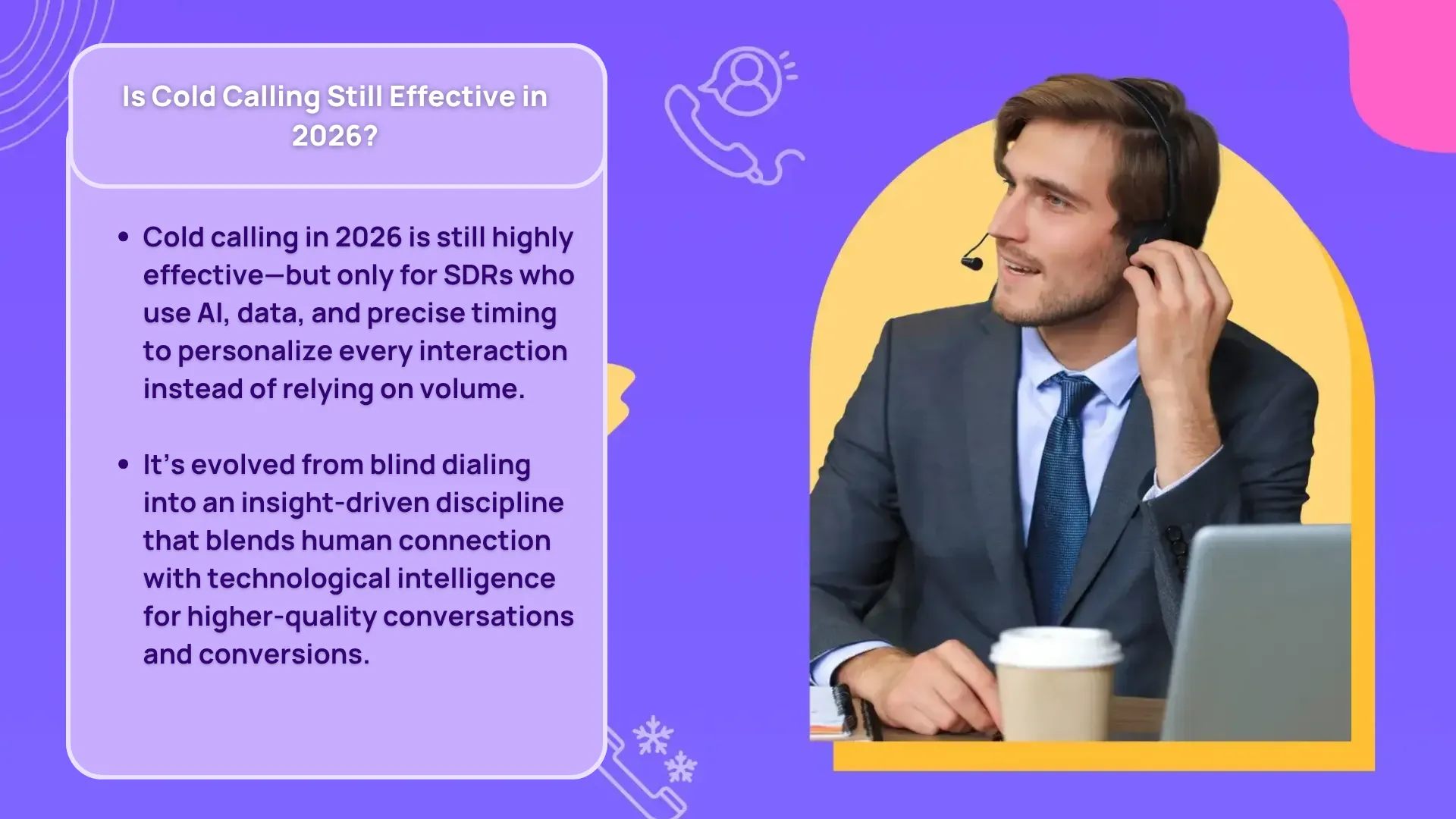
Yes, but only for those who’ve evolved with the craft.
The debate around cold calling’s relevance resurfaces every year, but the data remains consistent: when done right, the phone continues to outperform every other channel in generating qualified meetings.
Here’s why:
- Human connection cuts through digital noise.
Inboxes and LinkedIn feeds are crowded. A direct voice conversation creates a personal touch that automation can’t replicate. - Speed to feedback.
One phone call gives more market feedback in 60 seconds than a week’s worth of email opens. You instantly know what messaging resonates and what doesn’t. - Buyer psychology.
Decision-makers often appreciate competent, respectful outreach. A strong opener, a confident tone, and contextual relevance can turn even skeptical prospects into curious ones.
That said, what counts as “cold calling” has changed dramatically.
In 2026, cold calling is no longer about sheer dial volume; it’s about strategic timing, data precision, and AI-augmented messaging. The best SDRs blend automation with human intuition, using AI to prepare and personalize, not to replace conversation.
The result?
Teams that still pick up the phone, but do it intelligently, are outperforming those that rely solely on email or social outreach.
Cold calling isn’t dying. It’s evolving into a more advanced, insight-driven discipline, where every call is the culmination of technology, timing, and technique.
Cold Calling Stats That You Need To Be Mindful Of
- The average cold-calling success rate in 2025 is about 2.3 %. Cognism
- Top-performing teams using highly targeted campaigns have achieved cold call success rates of 6–10 %+.
- In one dataset, cold calls that led to booked meetings hit about 6.7 % success for the vendor’s campaigns.
- For true cold calls, typical conversion rates (dial → booked meeting) are in the low single digits: 2–3 %. martal
- The average cold call connect rate (i.e., getting through to a person) in the US market sits between about 3 % and 10 %. Salesso
- It takes, on average, 3 call attempts just to reach a prospect once in modern outbound settings.
- Calls made between 4 p.m. and 5 p.m. show about 71 % higher effectiveness compared to late-morning calls in one dataset.
- One report says Wednesday is the best day for cold calling, with significantly better pick-up and booking rates versus Monday or Tuesday.
- A multi-channel outreach strategy (calls combined with email, social, etc.) can boost response rates by 287 % compared with a single-channel.
- Persistence matters: over 80 % of leads require 5 or more touches before a response is achieved. SalesHive
- According to one source, over 50 % of B2B leads still originate from cold outreach.
- In one dataset, 32 % of prospects answer a call from companies they haven’t previously engaged with.
- One survey found 82 % of buyers accept meetings at least occasionally with sellers who initiate cold outreach.
- One list says 96 % of prospects do research before speaking with an SDR.
- About 43 % of salespeople say that getting higher-quality data is their biggest challenge in cold prospecting.
- Reports say around 45 % of SDRs say their biggest data challenge is incomplete data.
- One dataset suggests that about 50 % of salespeople give up after one rejection during cold calling. ZipDo
- The success rate of cold calls in B2B sectors is approximately 1–3 % according to one overview. ZipDo
- Personalization during cold calls (vs generic outreach) can improve success rates by about 50 % in some studies.
- Companies making more than 100 cold calls per day reportedly see a 37 % higher success rate than lower-volume efforts (in one dataset).
- One report states 75 % of B2B companies are using AI-driven cold-calling strategies.
- In companies that leverage AI in their outreach, success rates can be about 50 % higher than non-AI equivalents.
- The optimum number of call attempts is often cited as three, since by the third call, ~93 % of conversations occur.
- Over 98 % of conversations have occurred by the fifth call attempt in one dataset, making additional attempts less effective.
- On cold calls, one source indicates it takes an average of 8 or more dials to connect with a prospect meaningfully. WifiTalents
- One study says that cold calling scripts improve connect rates by up to 30 % when well crafted. WifiTalents
- Some data suggest that when a prospect is called during a “trigger event” (e.g., funding, hiring), success rates significantly improve (qualitative insight).
- In one dataset, about a 65.6 % conversion rate (from call to meeting) is referenced once the rep is on the phone with the prospect.
- One source says cold calls combined with social media outreach increase conversion by 15 % in B2B.
- In one dataset, 63 % of buyers prefer to receive a cold call rather than an email, reflecting strong phone preference in some segments.
- One source says 69 % of buyers have accepted meetings with a salesperson after a series of cold calls.
- One older report found that 57 % of C-level and VP buyers prefer phone outreach. Valve + Meter Performance Marketing
- One data sheet states that 80 % of cold calls go directly to voicemail.
- The same source reports that only 15 % of recipients listen to cold call voicemails.
- According to a dataset, 92 % of people assume unknown calls are scams.
- One list shows that 80 % of prospects say “no” four times before saying “yes” in a cold-outbound scenario.
- One dataset says 62 % of prospects want to hear about solutions to their pain points during calls.
- One source gives 27.7 % as the average B2B cold-email open rate in 2025 (to contrast with cold-call outreach).
- One dataset reports that 17 % of cold emails never even reach the primary inbox due to spam filters.
- The average daily selling time for an SDR is approximately 2 hours, with much of the rest of their day spent on admin/research tasks.
- One dataset claims SDRs spend nearly one hour per day on administrative tasks instead of making sales calls.
- According to one source, about 62–40 % of organizations have incomplete or inaccurate data (20-40% as typical).
- One old source estimates business contact data decays at a rate of around 2 % per month.
- One dataset states that bad contact data causes sales reps to waste about 27.3 % of their time.
- One report estimates that the cost of each cold-call attempt averages about US$5.10 on average.
- Training significantly helps: one dataset shows that proper sales training improves conversion rates by 38 %.
- Continuous training gives about 50 % higher net sales per employee compared with minimal training.
- One dataset says that 78 % of sales professionals say listening improves conversion rates.
- One source claims that about 75 % of B2B companies will implement AI for cold calling by 2025 (projection).
- Reports say that AI analytics improve outreach efficiency by about 50 %.
- Companies that use multi-channel outreach (calls + email + LinkedIn) report conversions up to 37 % higher than single-channel efforts.
- One dataset shows that when calls exceed 5 minutes, success rates drop significantly (in one summary).
- One dataset indicates that average call connect to meaningful conversation rates have declined (e.g., “only 15-25 actual conversations happen per 100 dials”) in one SDR data set.
- Some datasets say 82 % of new buyers accept meetings after a cold call from sellers.
- According to one version, 30 % of sales reps report making 50+ daily dials, 25% make 30-49 dials, and 20% make 20-39 dials.
- In one dataset, about 78 % of decision-makers say they are likely to ignore cold calls but persistence can overcome the barrier.
- One report says that 80 % of cold calls require five or more follow-ups to close a deal.
- One dataset indicates that 88 % of cold callers give up after just two attempts.
- According to one list, 60 % of decision-makers say no four times before they say yes.
- One dataset says only 2 % of cold calls result in an appointment, according to one B2B overview.
- One older list says 92 % of cold calls are met with silence or rejection.
- According to one dataset, 85 % of B2B sales conversations start with a cold call or email.
- One source reports that 80 % of sales require five or more follow-up calls after initial contact to close.
- One dataset says that cold calling remains the primary technique for approx. 72 % of B2B sales organizations.
- One dataset suggests that 70 % of buyers prefer to be contacted with personalized messaging rather than generic outreach.
- One survey states that 56 % of buyers say they’ve had a negative experience due to poorly targeted cold calls.
- In one list, 53 % of buyers say a cold call that is relevant to their needs makes them more likely to listen.
- One dataset says the average ROI of cold calling is estimated at US$4.50 for every dollar spent (depending on industry/technique).
- One overview reports that business data decays at around 2 % per month, which affects cold calling effectiveness.
- One dataset states that 42 % of cold calls result in scheduling a follow-up appointment when well targeted.




